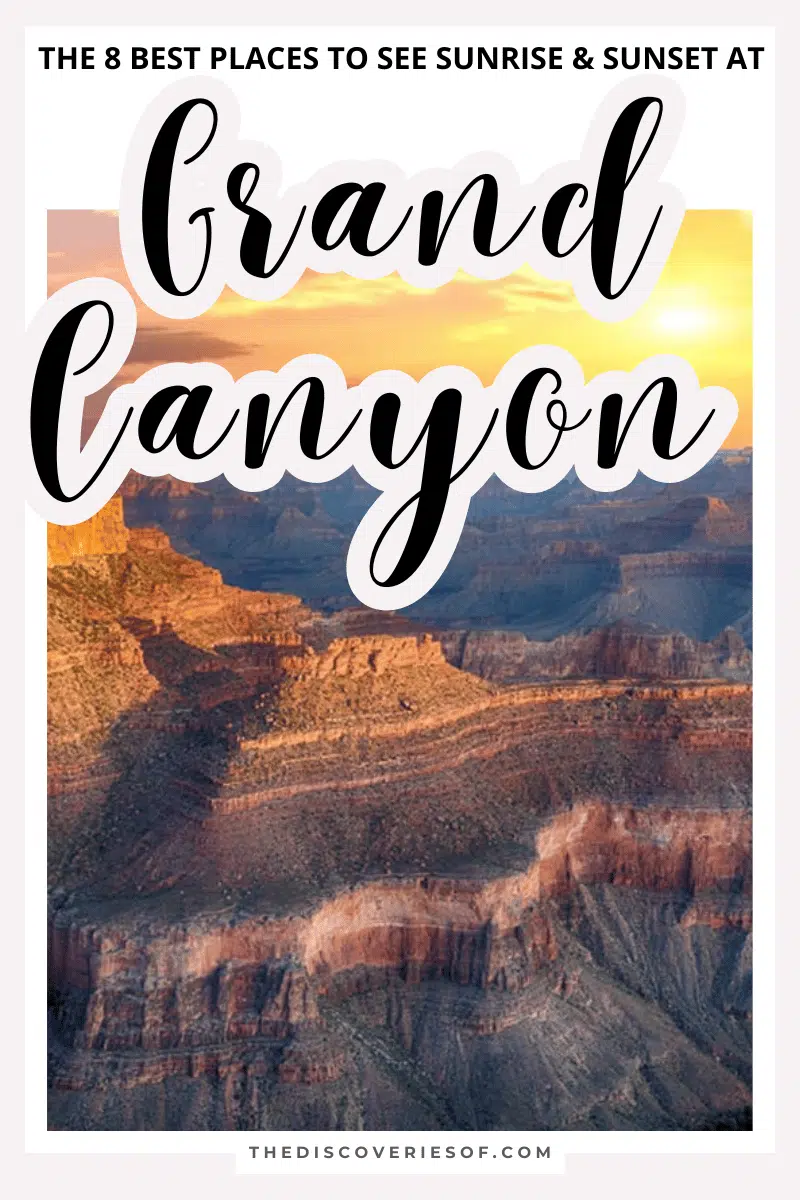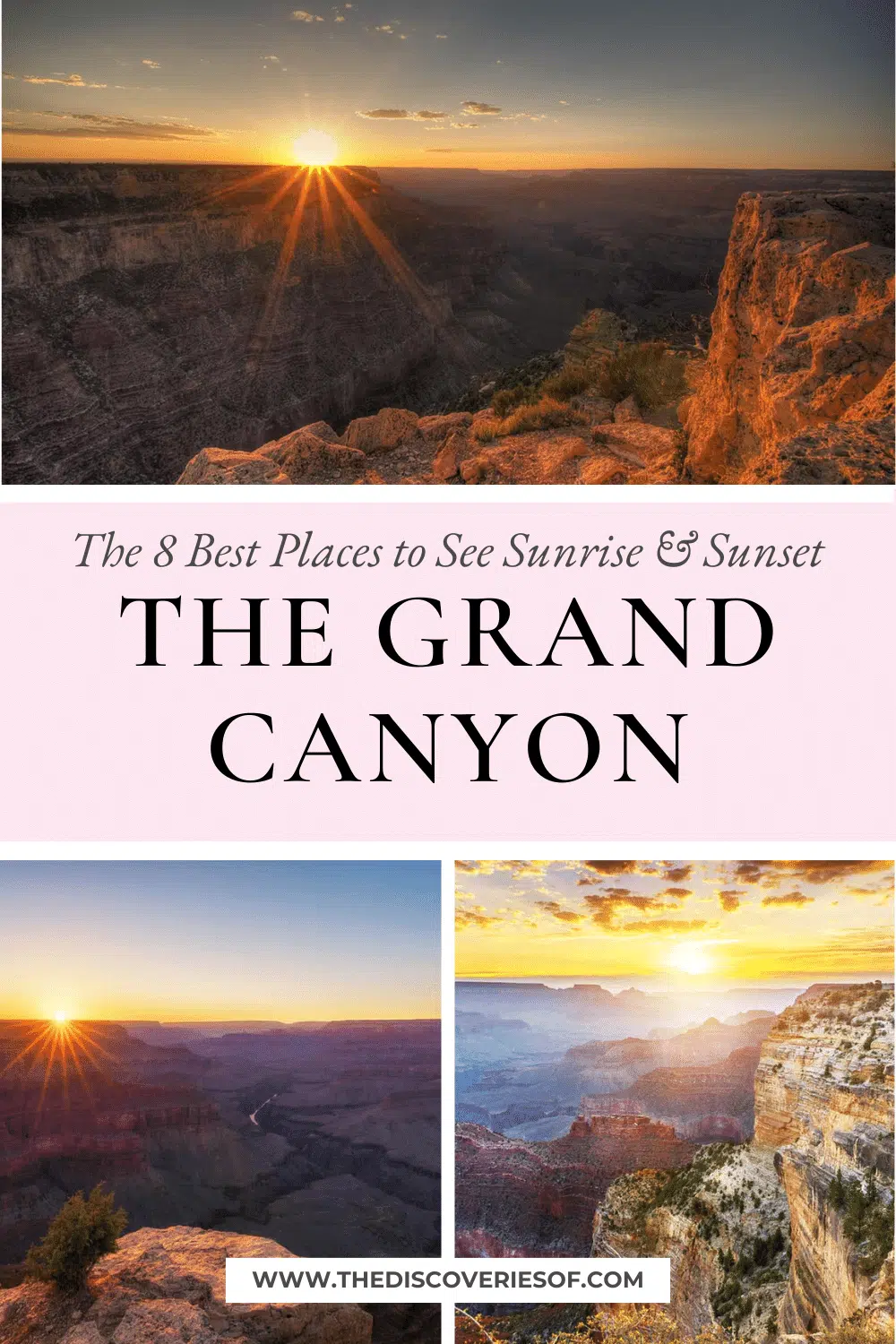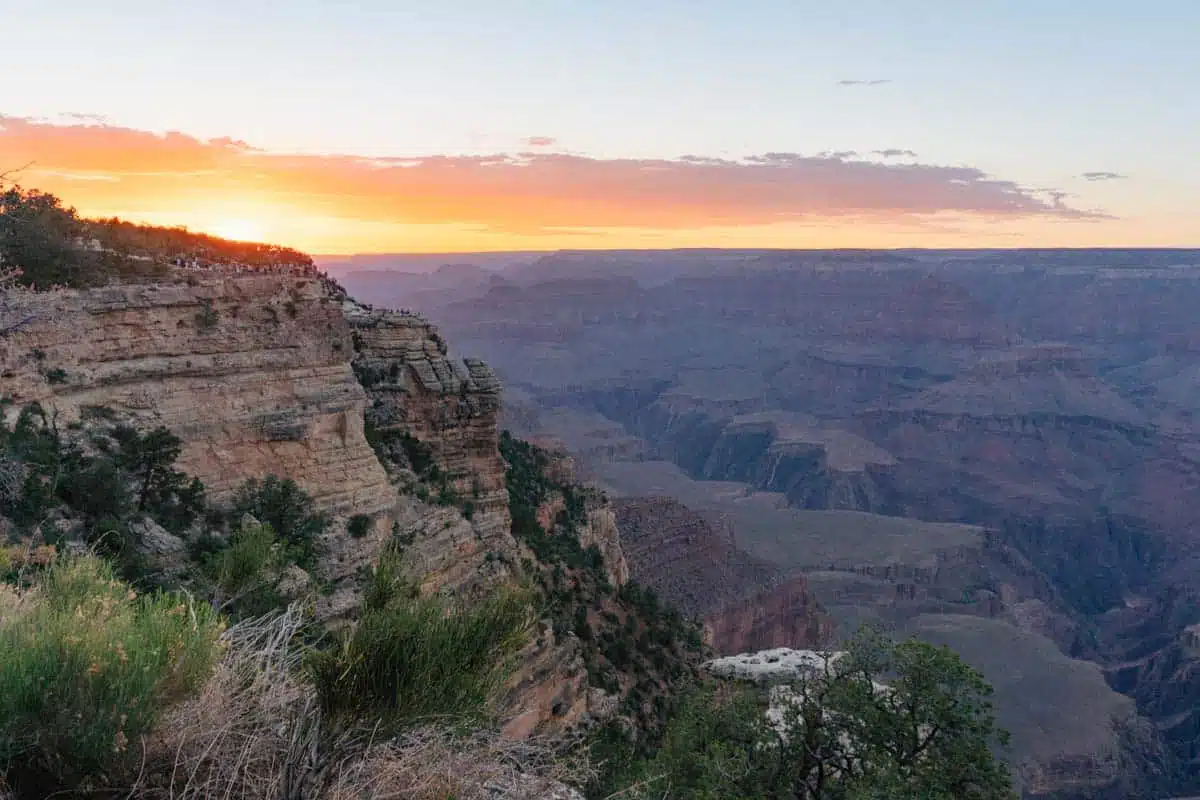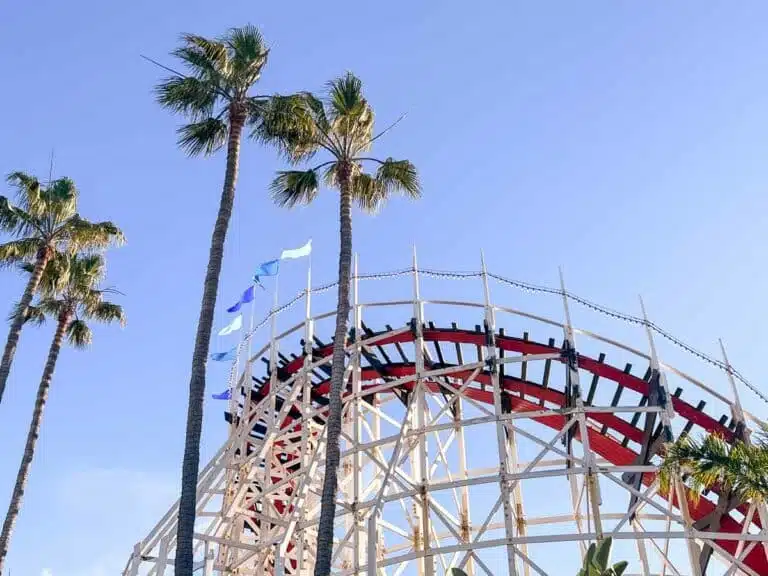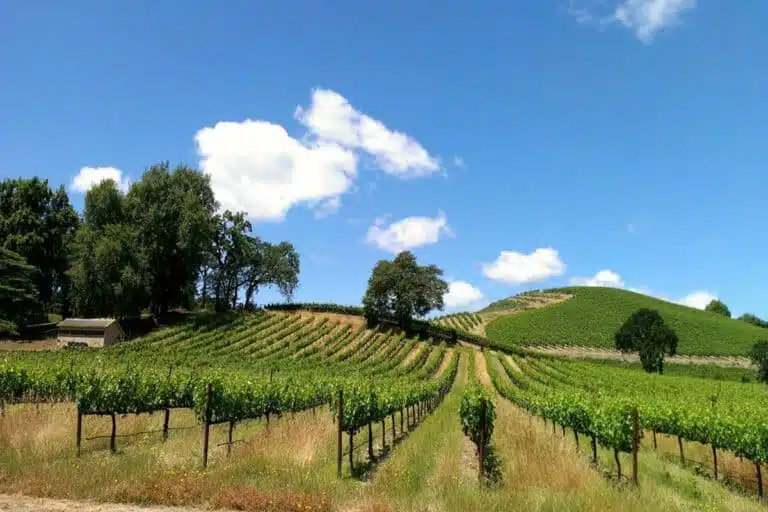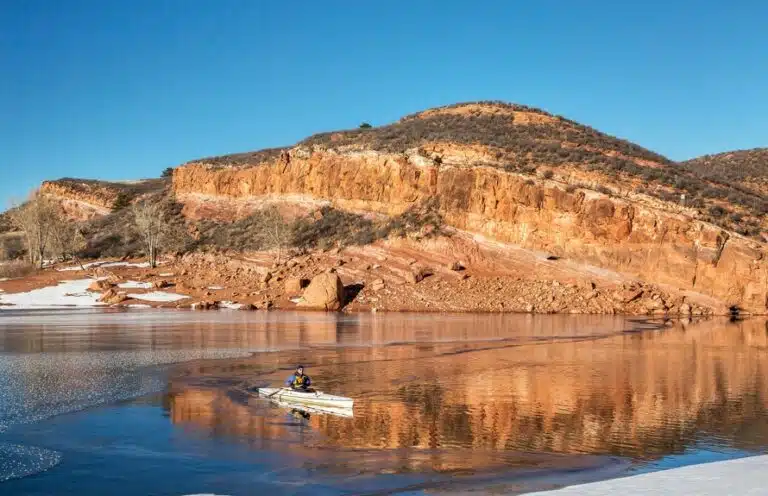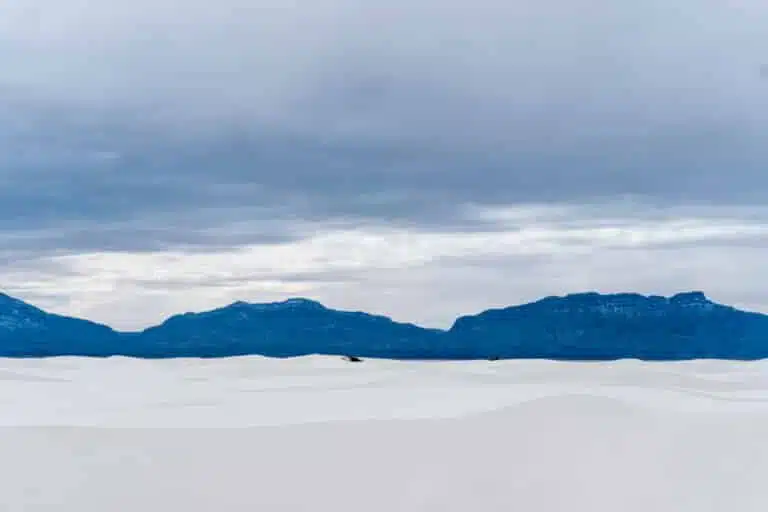Ready for the most breathtaking experience ever? There’s only one place to go – the Grand Canyon at sunrise and sunset.
The Grand Canyon already boasts huge cliffs, sparkling lakes, and dramatic vistas… add to this a dreamy orange glow and you’re in for a magical evening.
Seeing the sunrise and sunset in the Grand Canyon is a unique experience not many get to have – though, I would go as far as to say you should plan your trip around it.
So if you want unforgettable memories, stick around.
Grab your camera, you’re not going to fall short of great photo opportunities.
Next Read: Discover the stunning hikes in Grand Canyon National Park so you can leave with memories to last a lifetime.
Best Places to See The Sunrise, Grand Canyon
Mather Point
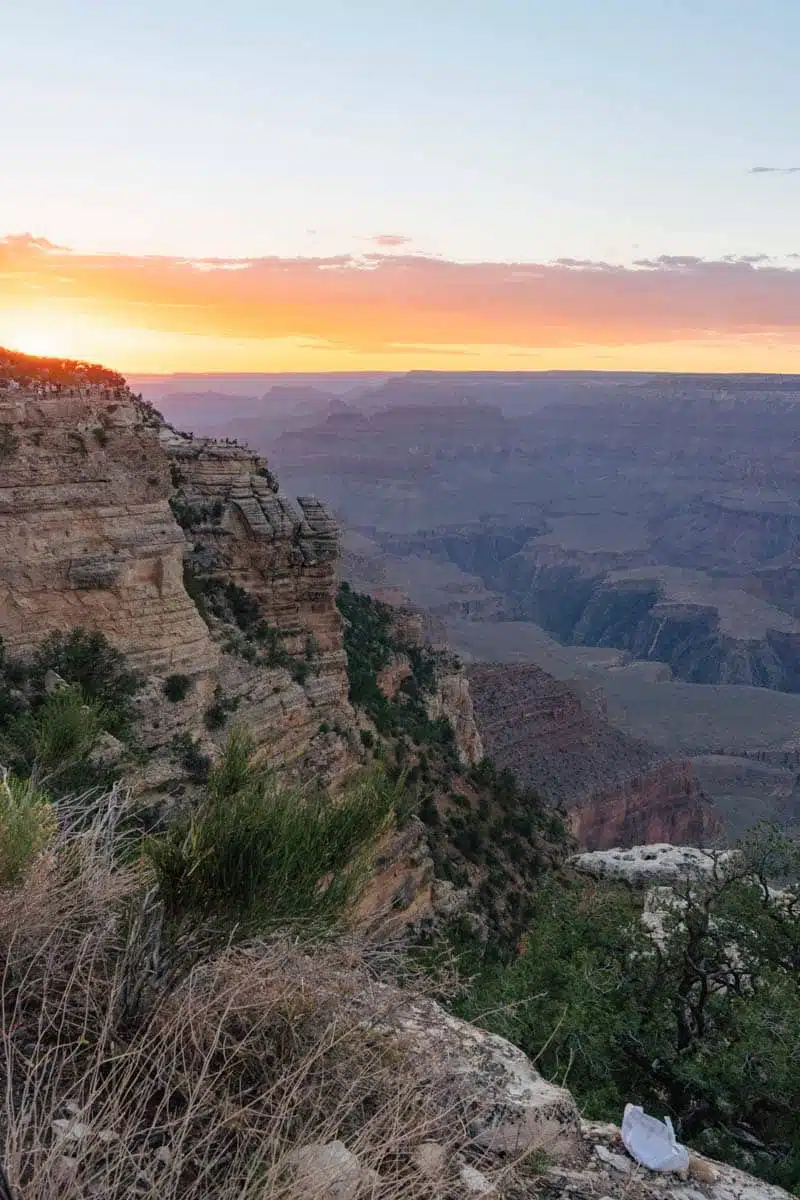
Probably my favourite experience during my time spent in the Grand Canyon was the Mather Point Grand Canyon sunrise. It’s a fantastic experience due to its easy access and excellent vantage point, and it’s just a short 5-minute walk from the parking area at Canyon View Plaza.
With a sheer drop of one mile from the viewing point to the canyon base, you truly feel on top of the world. The only drawback about Mather Point is that everyone knows it is the best Grand Canyon sunrise spot – so get there early for the best spot.
But if you don’t mind the crowds, it is a must-visit. At Mather Point, you should draw your eyes towards the rising sun on your right, which lights the canyon to your left in a beautiful golden glow.
Yavapai Point
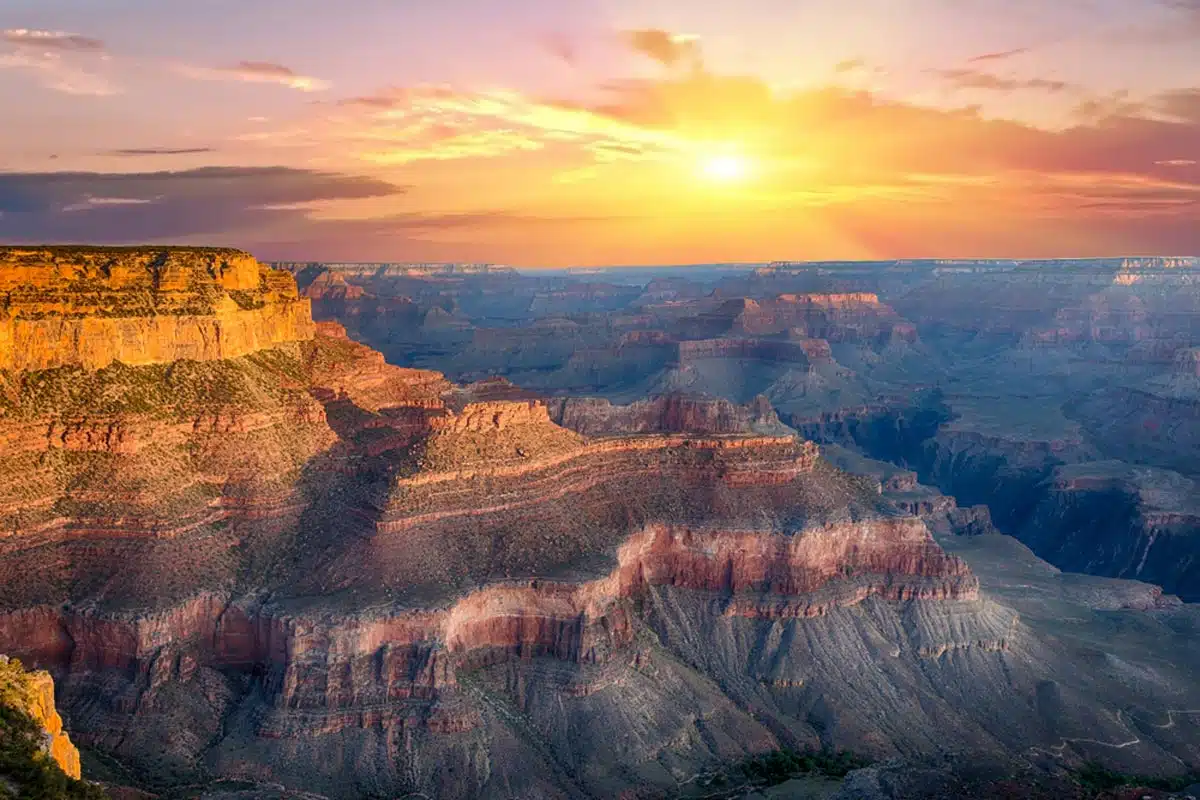
Grand Canyons Yavapai Point is the ideal area for unobstructed views of the gorge at sunrise.
After a short 0.75-mile walk west of Mather Point, you’ll reach Yavapai Observation Station – this is an educational museum where you can learn all the essential information about the Grand Canyon.
The views are similar to that of Mather Point, but Yavapai Point sticks out into the gorge, making it the best sunrise Grand Canyon spot. There are no canyon walls on either side, just the openness and beauty of a sunrise at Grand Canyon’s South Rim.
Yaki Point
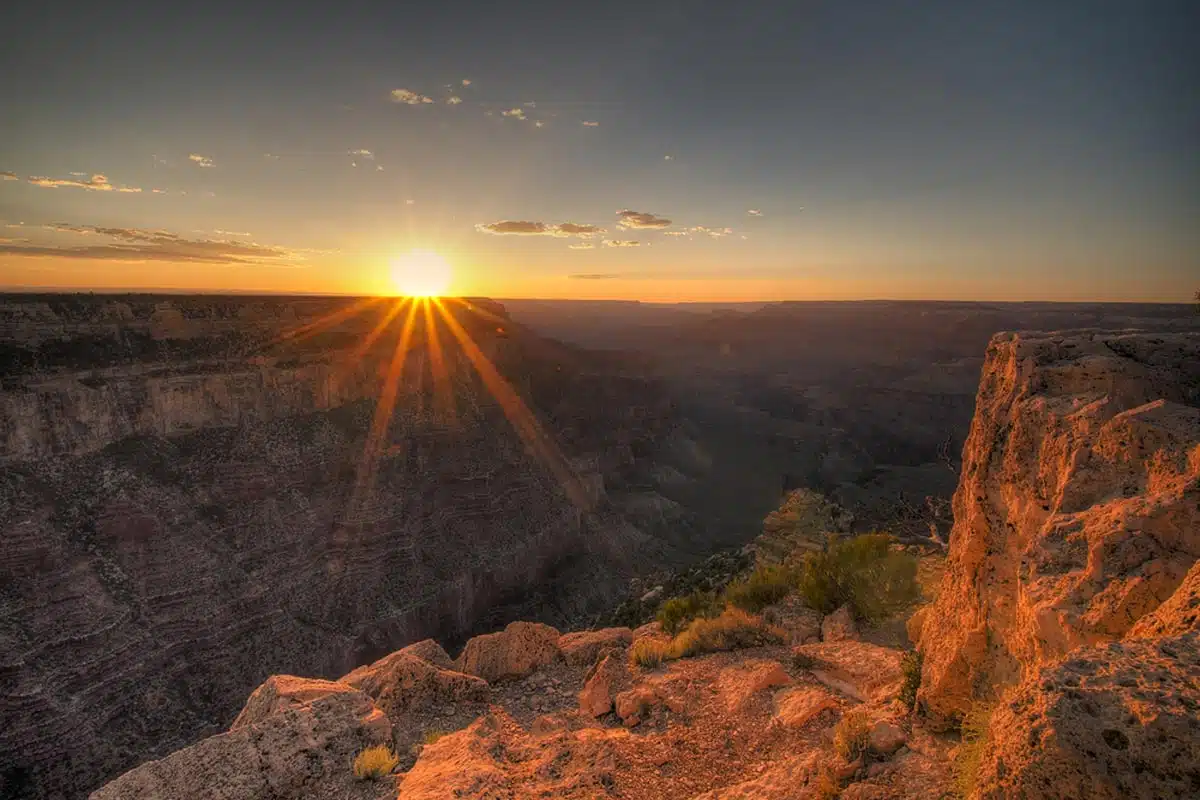
With far-reaching views of the East and West regions of the canyon, Yaki Point is another wonderful place to watch the sunrise at the grand canyon.
Yaki Point is 1.5 miles east of Mather Point, which means you’ll experience the sunrise slightly earlier than in other spots, as it is the east-most viewing point. But what truly makes Yaki point stand are the distinct canyon formations of the gorge below.
Yaki Point is a calm and quiet spot as more people tend to go to Mather point – you can admire the glistening canyon with fewer crowds and beautiful views as the sun rises.
Another excellent spot to view the canyon is the Kaibab Trail Route, which passes directly under Yaki Point. As this is a hiking trail, it is quiet and offers the same spectacular views of Yaki Point.
Bright Angel Point (North Rim)
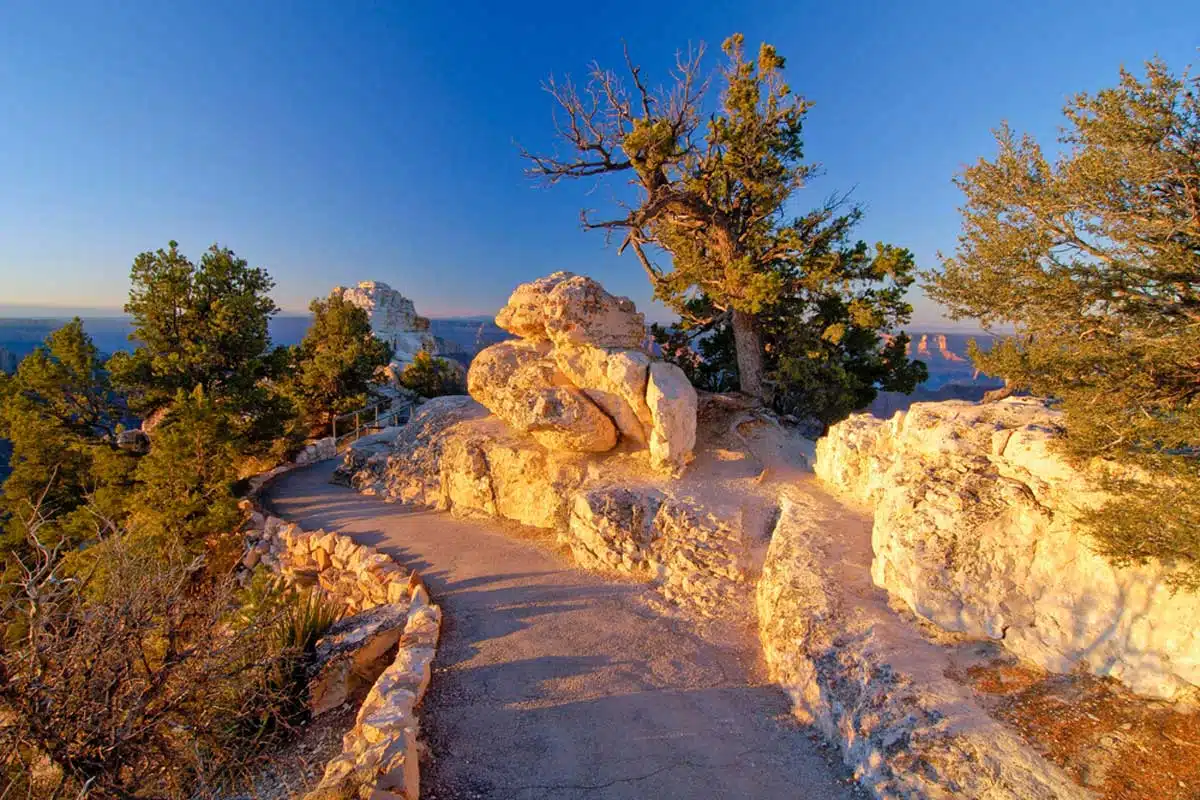
Bright Angel Point is ideal if you are looking for a unique Grand Canyon sunrise spot. It’s a short, fully paved 0.4-mile walk from the visitor centre, but the path has some steep sections that can be difficult for seniors and people inexperienced at hiking.
Don’t let that put you off, though, as it offers a fantastic opportunity for a unique sunrise at the North Rim of the Grand Canyon. You can admire excellent views of the gorge as cliff walls rise on either side to frame the landscape beautifully.
With scenery so beautiful, it’s no wonder the Grand Canyon made it into my ultimate travel bucket list.
Best Places to See Sunset at the Grand Canyon
Hopi Point
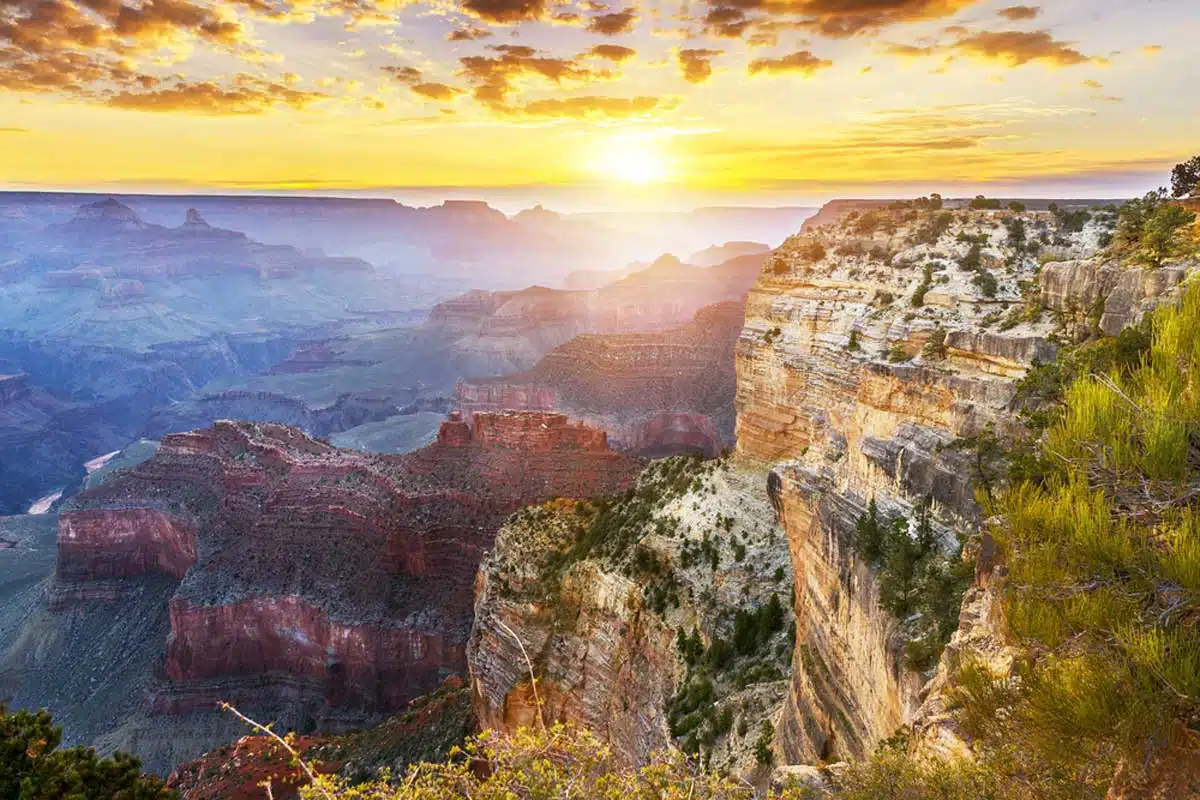
If you’re near the South Rim, Hopi Point is the best place to watch the sunset at the Grand Canyon. At this point, you get mesmerising views of the setting sun to the West and the glowing cliffside to the East.
As Hopi Point is accessible on the West Rim Drive, it makes this spot extremely popular and very busy around sunset time. Despite the crowds, there is plenty of viewing space to make yourself comfortable and take in the blissful scenery.
Mohave Point
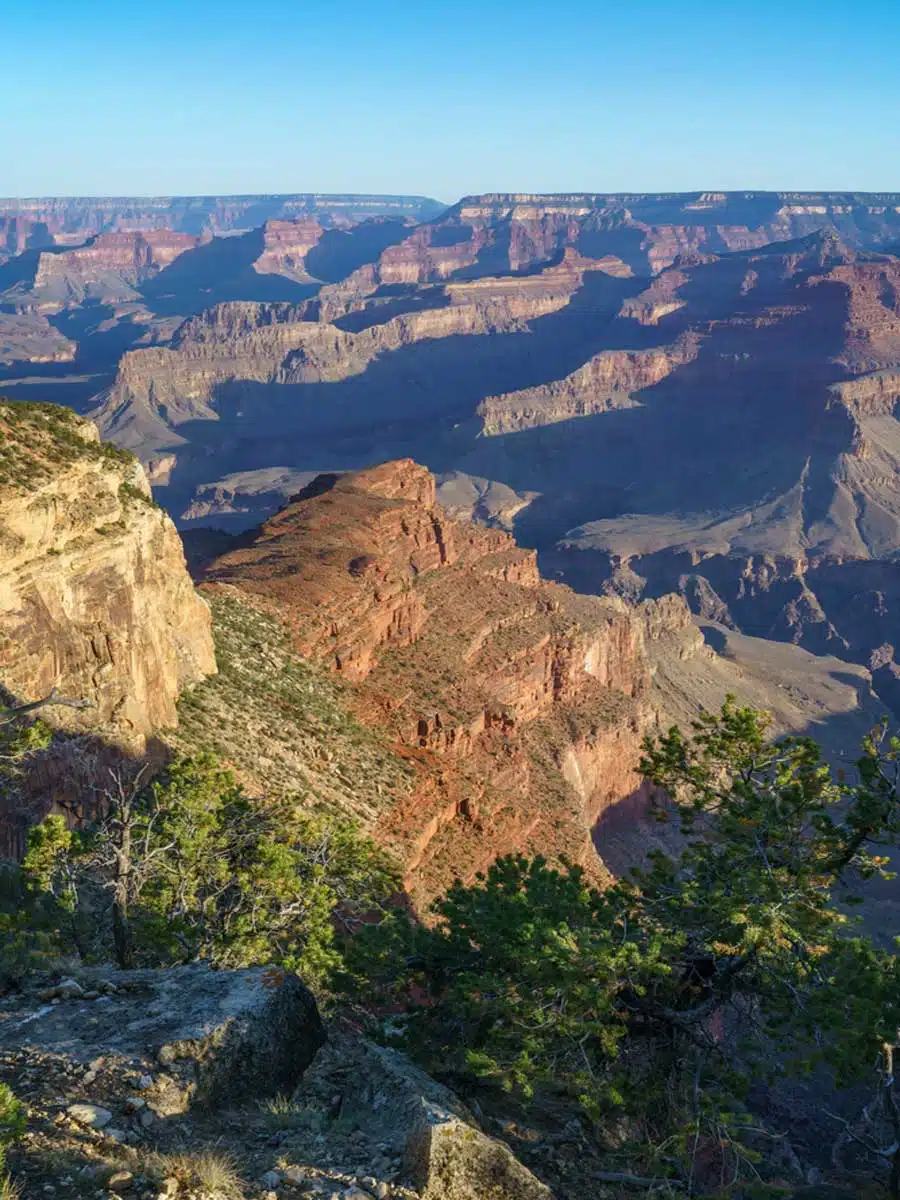
The Grand Canyon’s South Rim provides several viewing spots for a truly splendid sunset, but none are as impressive as Mohave Point.
Unfortunately, the cliffside and vegetation block Eastern views, but you can admire the dramatic views to the West as the sun sets behind towering cliffs that encircle The Abyss.
At Mohave Point, you can see the sky dance in purples and pinks as the sun goes down behind the plateau, offering excellent photo opportunities.
Pima Point
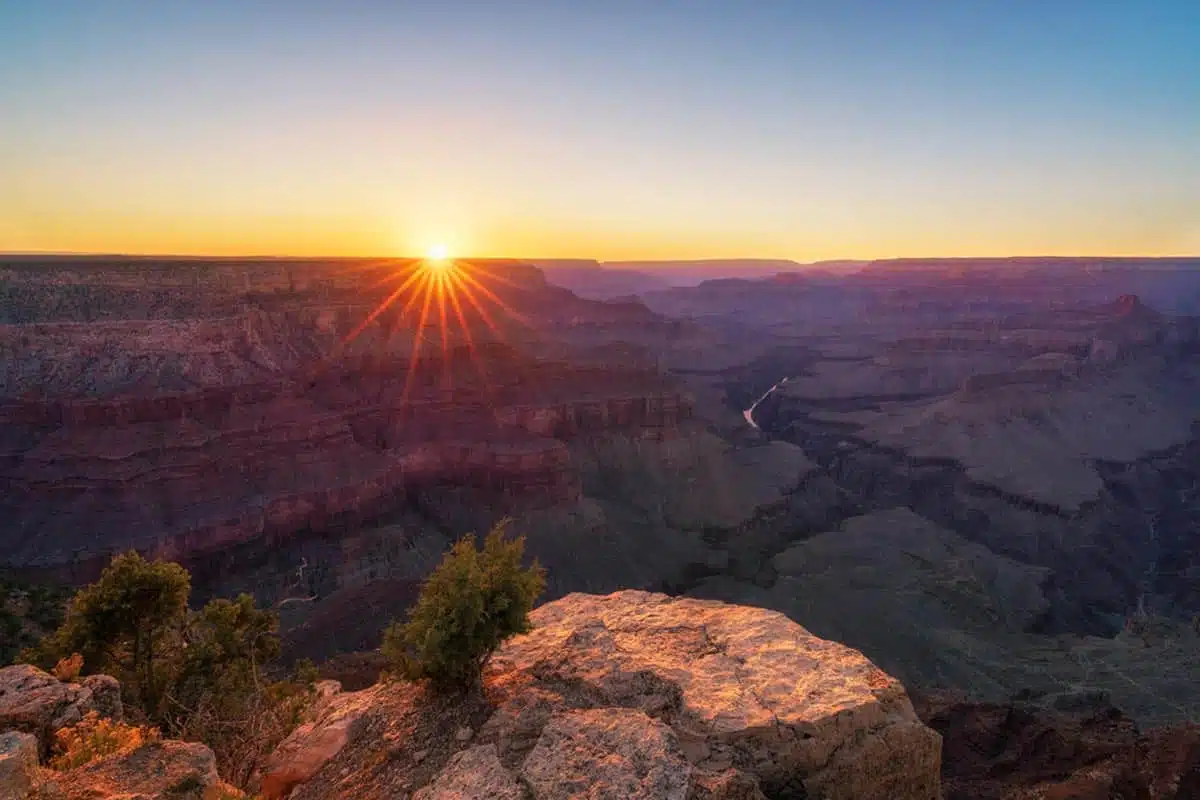
Pima Point is the second last stop along the West Rim Drive after Hermit’s Rest. If you want to avoid the busy crowds of Hopi and Mohave, then Pima Point is the best place to see the sunset at the Grand Canyon.
At Pima Point, you would have the sun on your back as the sky changes from a baby blue to vibrant pinks and oranges. Although you won’t see the sun fall behind the canyon, you’ll still get beautiful photographs of the changing sky and breathtaking cliffs.
Cape Royal (North Rim)
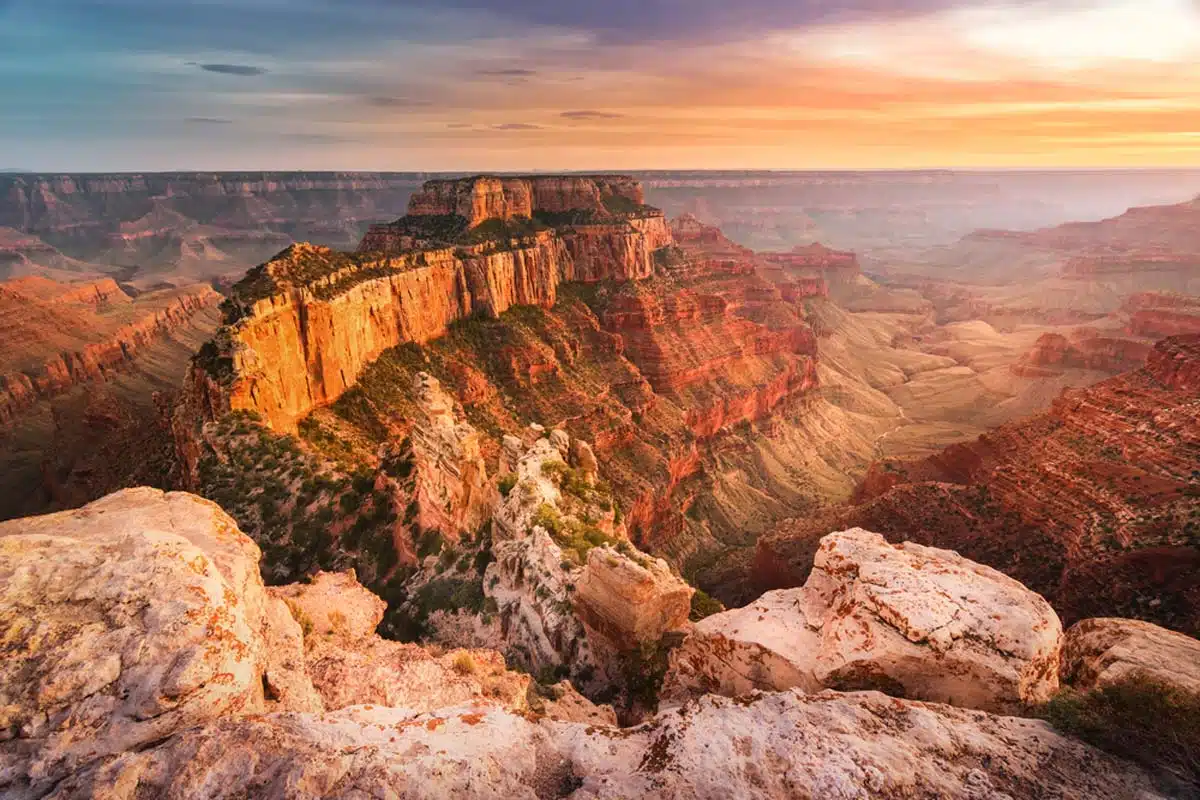
For the most expansive panoramic views of Grand Canyon National Park, visit the Cape Royal viewing point on the North Rim. With a 270-degree view from Marble Canyon to the Palisades of the Desert, you will experience a fantastic sunset.
From Cape Royal, you can see the Colorado River in the East as the setting sun lights up that side of the canyon. I suggest you turn your attention to the West, where you can watch the glowing orange sun set below the cliffside.
Practical Tips for Catching Sunrise & Sunset at the Grand Canyon
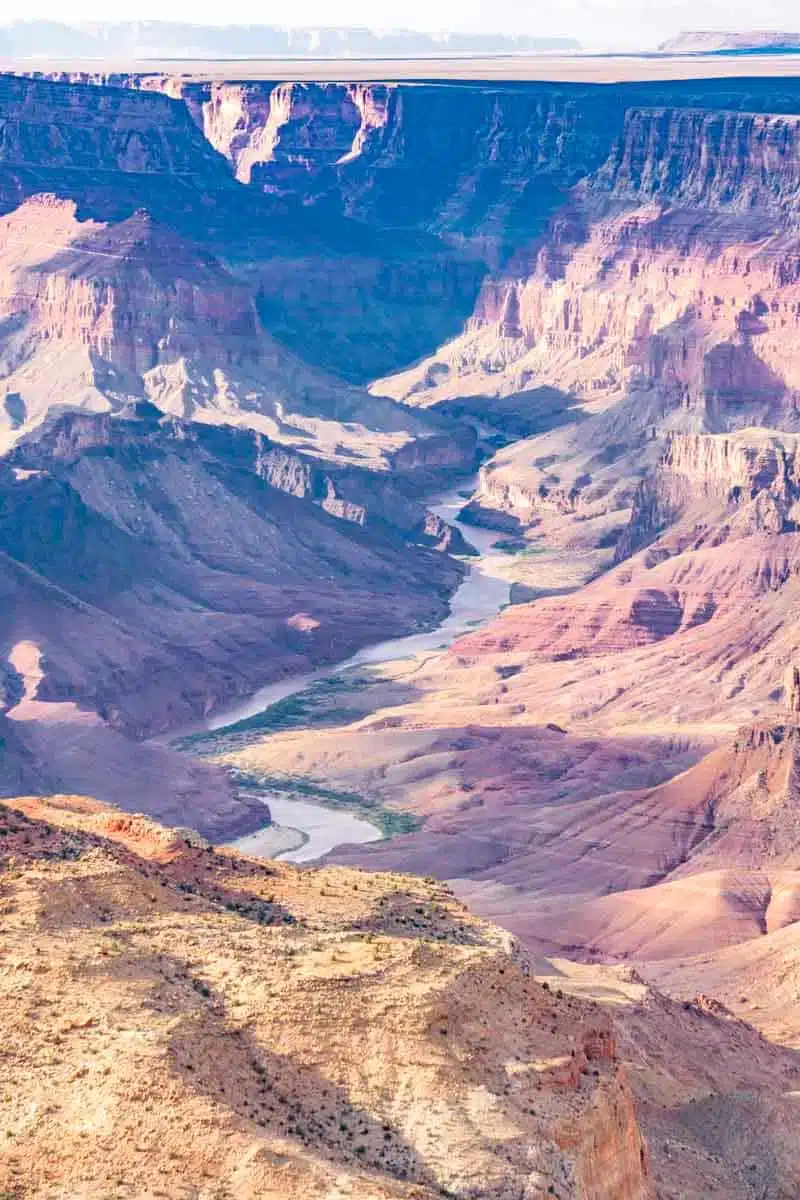
The best time of year for a Grand Canyon sunrise and sunset experience is between September and November. This is during Autumn, the shoulder season, and offers the best hikes and weather for experiencing a Grand Canyon sunset and sunrise.
I suggest getting to the Grand Canyon sunrise spots around 30 minutes to an hour before sunrise. If you’re visiting one of the more popular spots, I recommend getting to your ideal viewing point at least 2 hours before sunset to find a comfortable spot. Bring a picnic and settle in.
Take a bottle of water which you can refill at the water stations spread across the South and North Rim.
Take a camera to capture some memorable photos.
Wear comfortable walking shoes. If you are looking for a comfortable pair of travel shoes, read my review on whether Tropicfeel Canyon shoes are worth it (spoiler: They are).
Approximate Sunrise and Sunset Times For Each Season:
- February to April: sunrise 6:05 am – 7:20 am & sunset 6:00 pm – 6:55 pm
- May to July: sunrise 5:10 am – 5:30 am & sunset 7:20 pm to 7:45 pm
- August to October: sunrise 5:40 am – 6:30 am & sunset 5:55 pm – 7:25 pm
- November to January: sunrise 6:30 am – 7:30 am & sunset 5:15 pm – 5:30 pm
If you want to enjoy the sunrise and sunset without overworking yourself, read my perfect Grand Canyon Itinerary to plan your visit.
Love This? Save and Share on Pinterest
